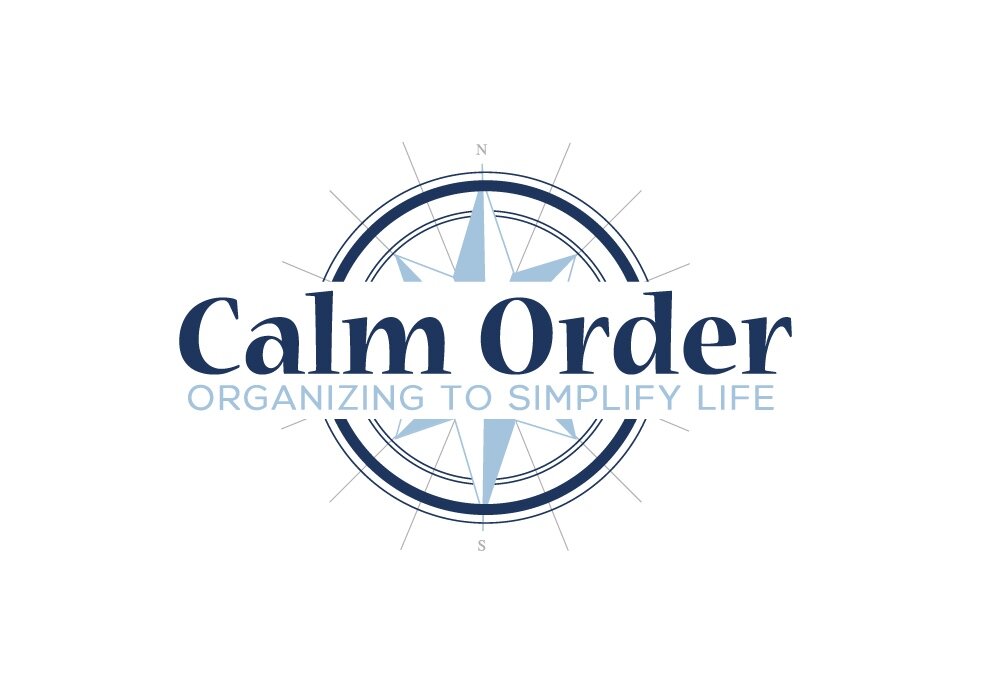Need some inspiration on changing your mindset? Before you start your next big organizing project, we recommend taking a look at these minimalist bloggers. Browse through their posts to learn more about how you can live a more simple and organized life.
Change doesn’t happen overnight, but you can start changing the way you live by learning from these minimalists:
Becoming Minimalist by Joshua Becker
One of the more famous minimalist bloggers, Joshua Becker's blog offers insights into living with less – from how it can positively impact your life, to how-to guides for decluttering and minimalizing your wardrobe. For those who are new to minimalism, his post on Minimalist Living provides a great break down of what it actually means to live a minimalist lifestyle.
The Minimalists by Joshua Fields Millburn and Ryan Nicodemus
Inspired by their own experience of changing to a minimalist lifestyle, Joshua and Ryan’s blog provides great advice on how you can apply minimalist principles to the different aspects of your life. For people who need some help getting started, or want to encourage friends and family to try, check out the 30-Day Minimalism Game post and see how well you do!
Be More with Less by Courtney Carver
Courtney’s lifestyle blog is focused on living with less stuff to make more time and space for the things and people you love. A popular topic on her blog is how to minimalize your wardrobe, especially for people who may have a difficult time parting with their clothing or saying no to another purchase. You can read more about Project 333, her fashion minimalist challenge, here.
The Tiny Life by Ryan Mitchell
At the Tiny Life, Ryan talks about more than just living minimally – he also covers topics related to living in tiny homes and homesteading. All of his posts touch on how you can live a simpler lifestyle whether it is through the size of home you live in, the items you buy, and how you consume them. The extensive blog is updated regularly and contains a wealth of knowledge on how you can change your mindset and lifestyle.
Miss Minimalist by Francine Jay
Francine’s Miss Minimalist blog covers topics related to living a simple life – everything from your wardrobe, home spaces, office and more. On Monday’s Francine highlights real minimalists in her segment “Real Life Minimalists” where readers can learn about the journey of others who have changed their living habits to live simply.













